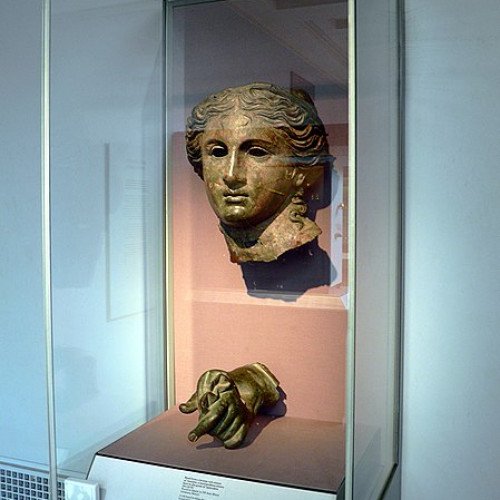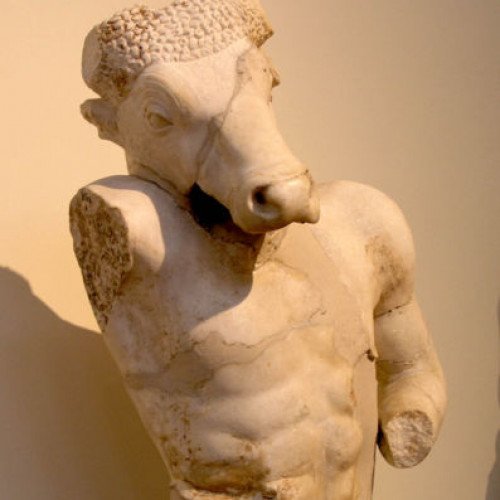Armenian mythology VS Minotaur

Armenian mythology
Armenian mythology originated in ancient Indo-European traditions, specifically Proto-Armenian, and gradually incorporated Anatolian, Hurro-Urartian, Mesopotamian, Iranian, and Greek beliefs and deities.
Statistics for this Xoptio

Minotaur
In Greek mythology, the Minotaur ( MY-nə-TOR, MIN-ə-TOR, US: MIN-ə-TAR, -oh-; Ancient Greek: Μινώταυρος [miːnɔ̌ːtau̯ros]; in Latin as Minotaurus [miːnoːˈtau̯rʊs]) is a mythical creature portrayed in Classical times with the head and tail of a bull and the body of a man or, as described by Roman poet Ovid, a being "part man and part bull". He dwelt at the center of the Labyrinth, which was an elaborate maze-like construction designed by the architect Daedalus and his son Icarus, on the command of King Minos of Crete. The Minotaur was eventually killed by the Athenian hero Theseus.